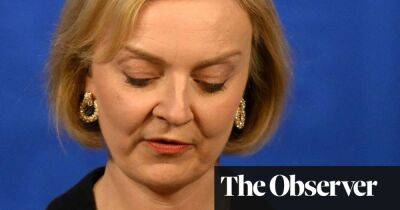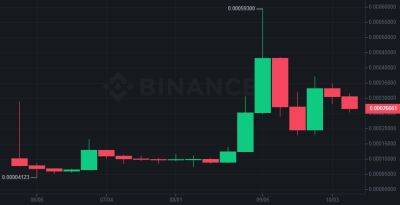Energy price rises: what will happen to UK households on 1 October?
Usually the main thing to worry about on the first day of the month is a pinch and a punch. Saturday 1 October will be a little different – it’s the day energy bills go up. After months of warnings about the rising price of gas and electricity, caused by the invasion of Ukraine, consumers will finally feel the impact – and there’s a lot of confusion. So what does it all mean?
The combination of government schemes means that anyone who had been using comparatively little energy and paying up to £1,500 a year will see their bills fall. Heavy energy users will see prices rise by up to about 19%, according to Martin Lewis, the money saving expert.
Price cap is a misleading term. The actual amount of people’s bills depends on the amount of energy used. In fact, the cap refers to the cost per kilowatt hour (kWh) for gas and electricity, which has been set at 10.30p per kWh for gas and 34.00p per kWh for electricity. The £2,500 figure refers to a notional average family using 12,000 kWh a year paying by direct debit – if you use more, you will pay more. People on pre-pay meters, or who pay after receiving a bill, will pay more.
The former chancellor Rishi Sunak introduced a £400 discount for energy bills, called the Energy Bills Support Scheme, which is due to start in October. Most households will receive discounts on their next six bills, or a payment in their bank account. Pensioners are also entitled to a £350 winter fuel allowance. Those on disability benefits are being given £150. And low-income families on benefits have received £326 so far, with another payment due.
They have been causing some confusion. The 10.30p per kWh for gas and 34.00p per kWh for electricity are, in fact, averages. Your unit rate will differ
Read more on theguardian.com




![Here’s what Stellar [XLM] buyers should know before opening a long position](https://finance-news.co/storage/thumbs_400/img/2022/10/16/45059_krdrz.jpg)















